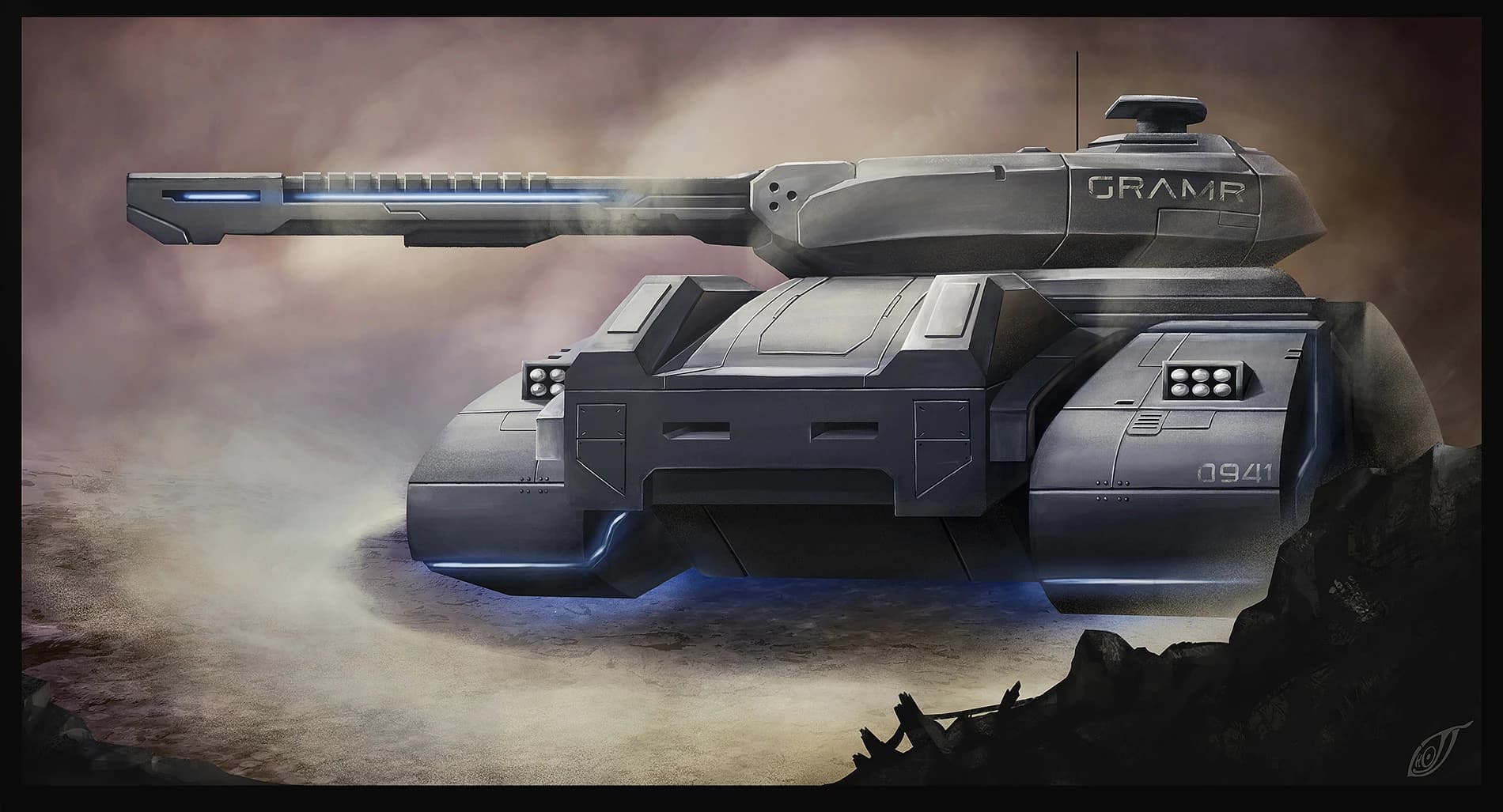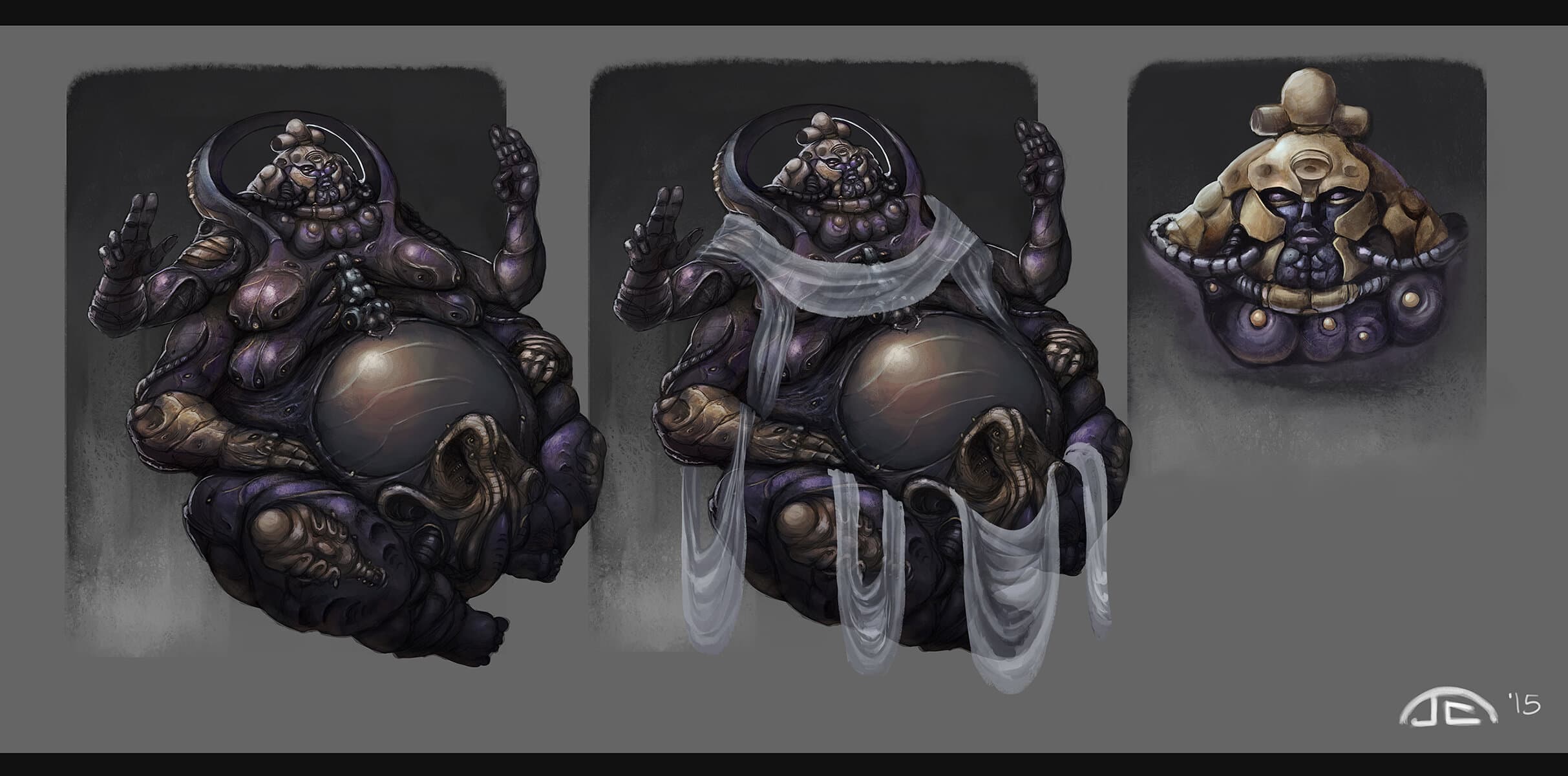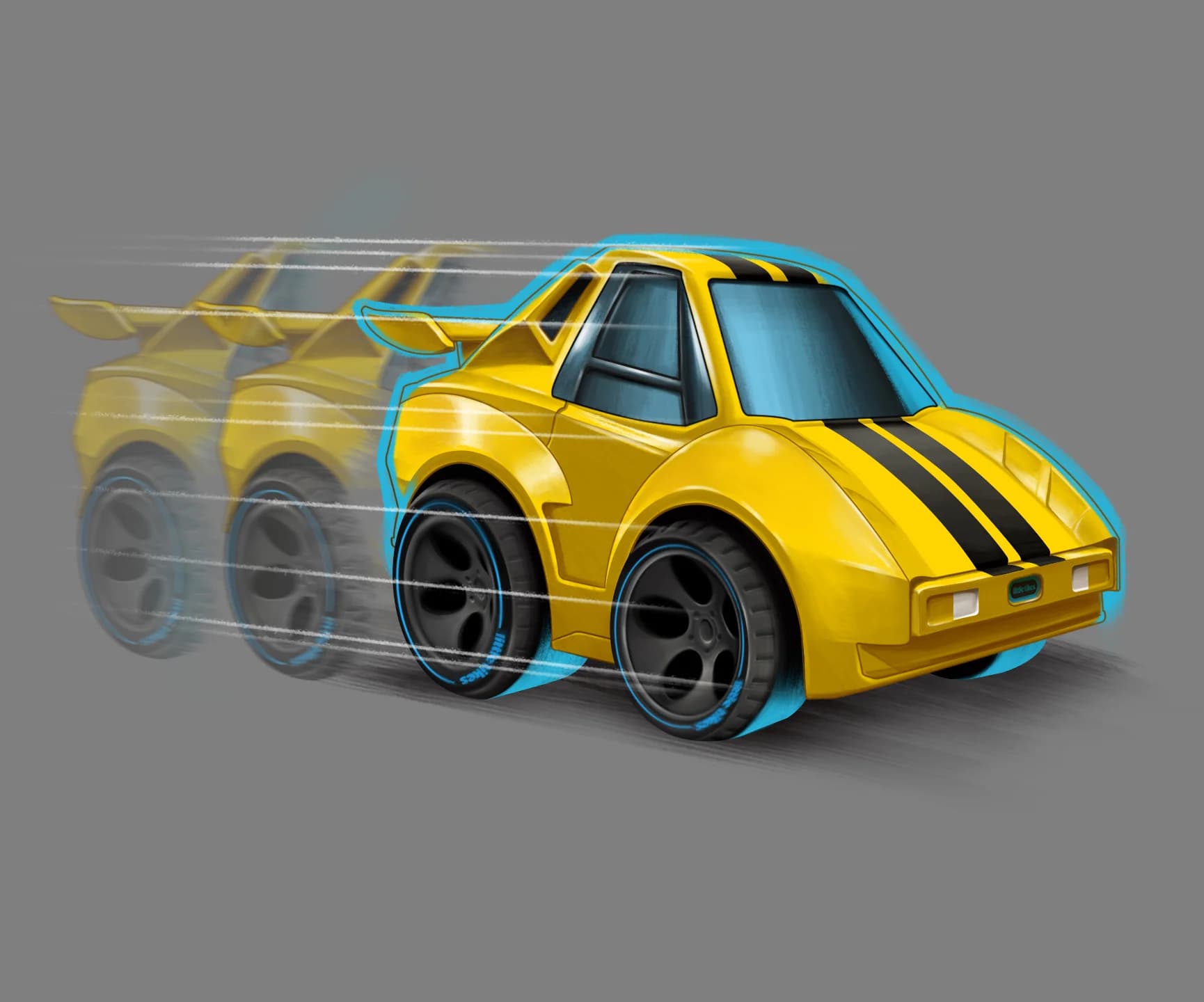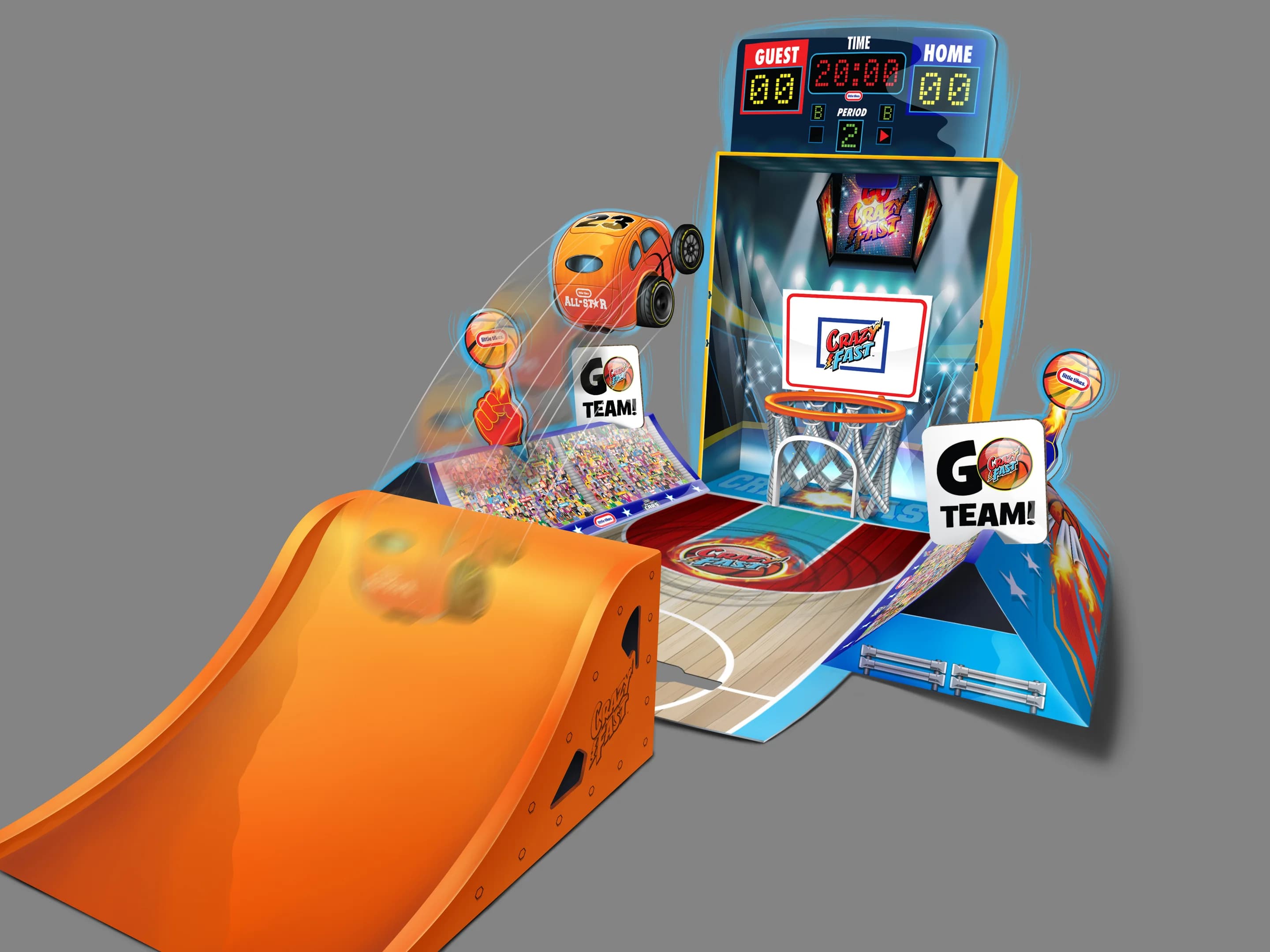
James AMK
Creative Director

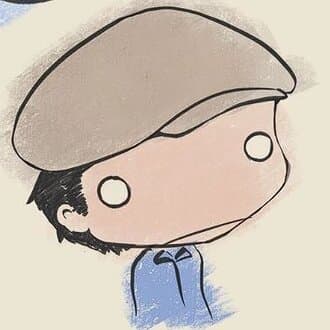
Designing Monsters Under the Bed
John Cho: As a kid, I was really quiet and barely spoke a word. I reached the point where I began to draw things that I needed, such as a pork chop on a plate from the Tom and Jerry cartoon to my parents when I was hungry. Sometimes my parent would have trouble understanding what I drew, so I practiced drawing.
Plus growing up with Disney Renaissance-era movies like “Beauty and the Beast,” “Aladdin,” and “Lion King” during my childhood pulled me into the world of art. I always found it cathartic how a still image can come to life and I would fantasize that my drawing on a piece of paper would move and do an absurd dance as in Disney movies.
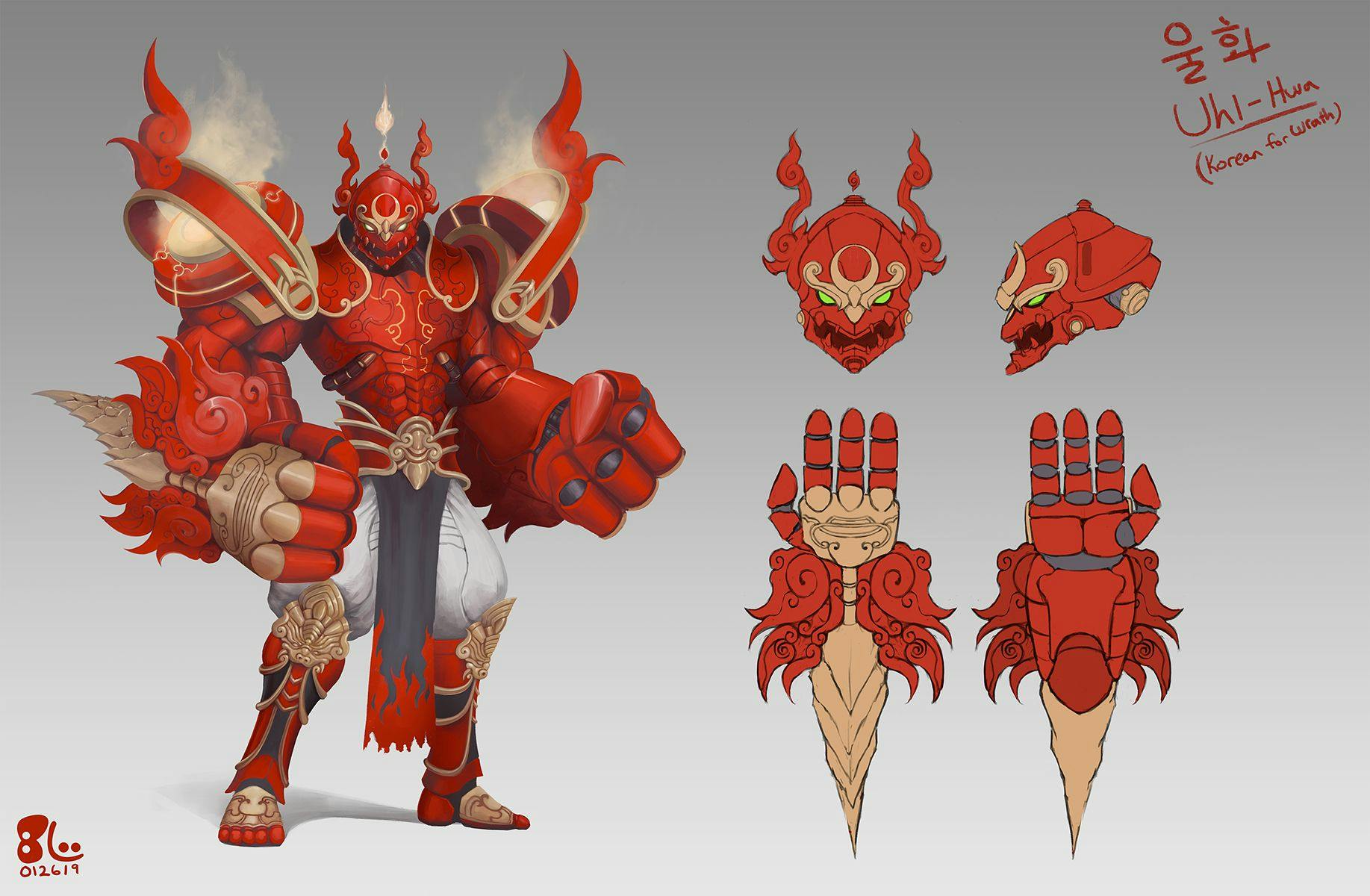
John Cho: Being an MMO monster designer, you workaround with silhouette designs a lot since you think as an MMO player who just jumped into the game and quickly glanced at which monster is killable in your level range. I have friends tell me why spend so much time designing creatures/monsters when they’ll just be killed quickly as soon as players encounter them.
My response? That’s what makes the world more alive, the excitement of what monster you might encounter in the swamp zone or temple zone. Even if the player glances at the monster I might have created for 3 seconds, they will at least be aware that it’s not a copy-and-paste creature and will be fully aware of the danger they are in.
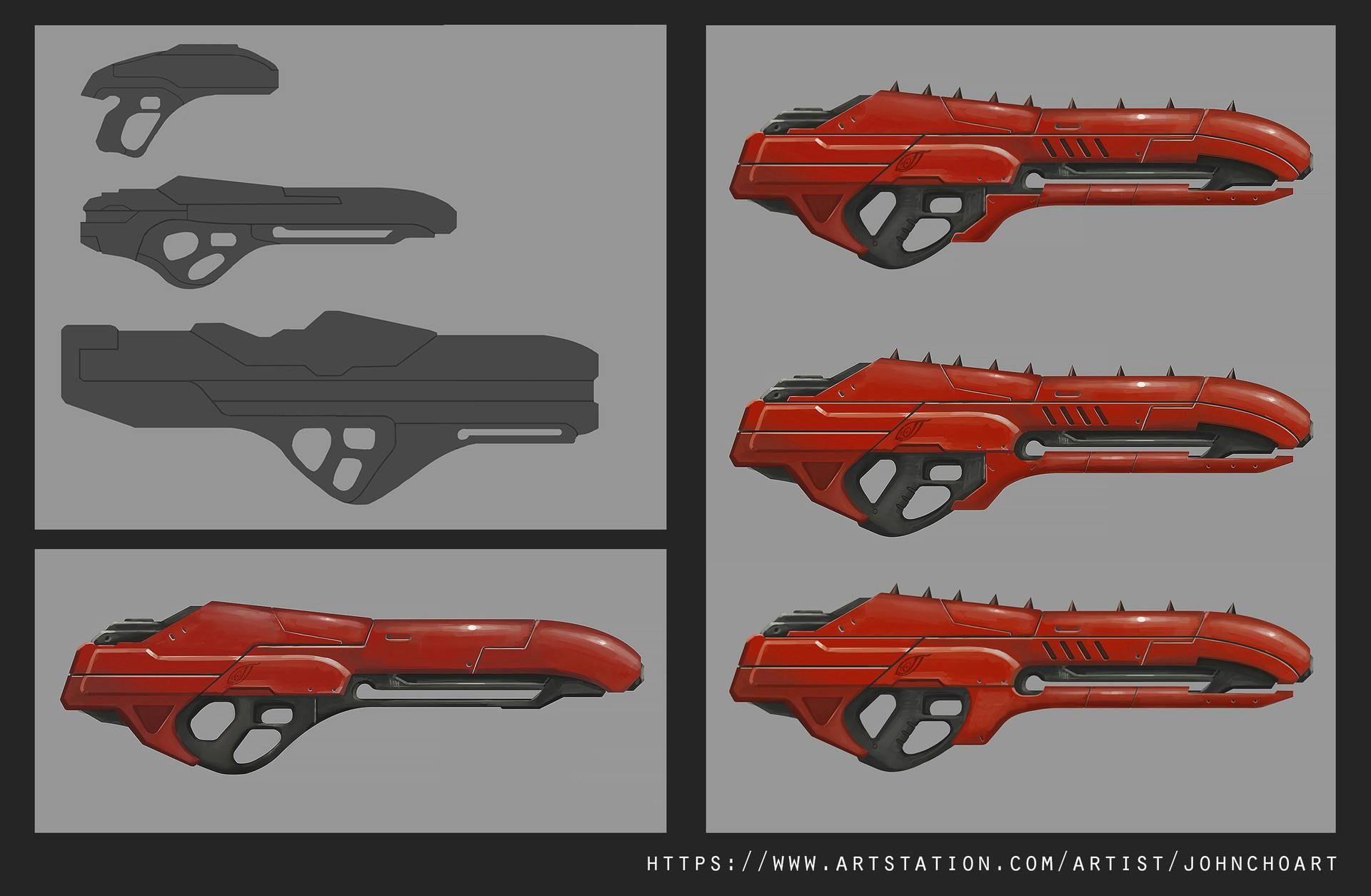
John Cho: I believe that the way I choose colors is a result of using watercolors as a child. Watercolor has been my go-to medium since I was a child. With watercolor, it’s all about starting subtly and slowly building the colour over and over on top. During the rendering process, I often frequently chose slightly desaturated colors before switching to more vibrant ones.
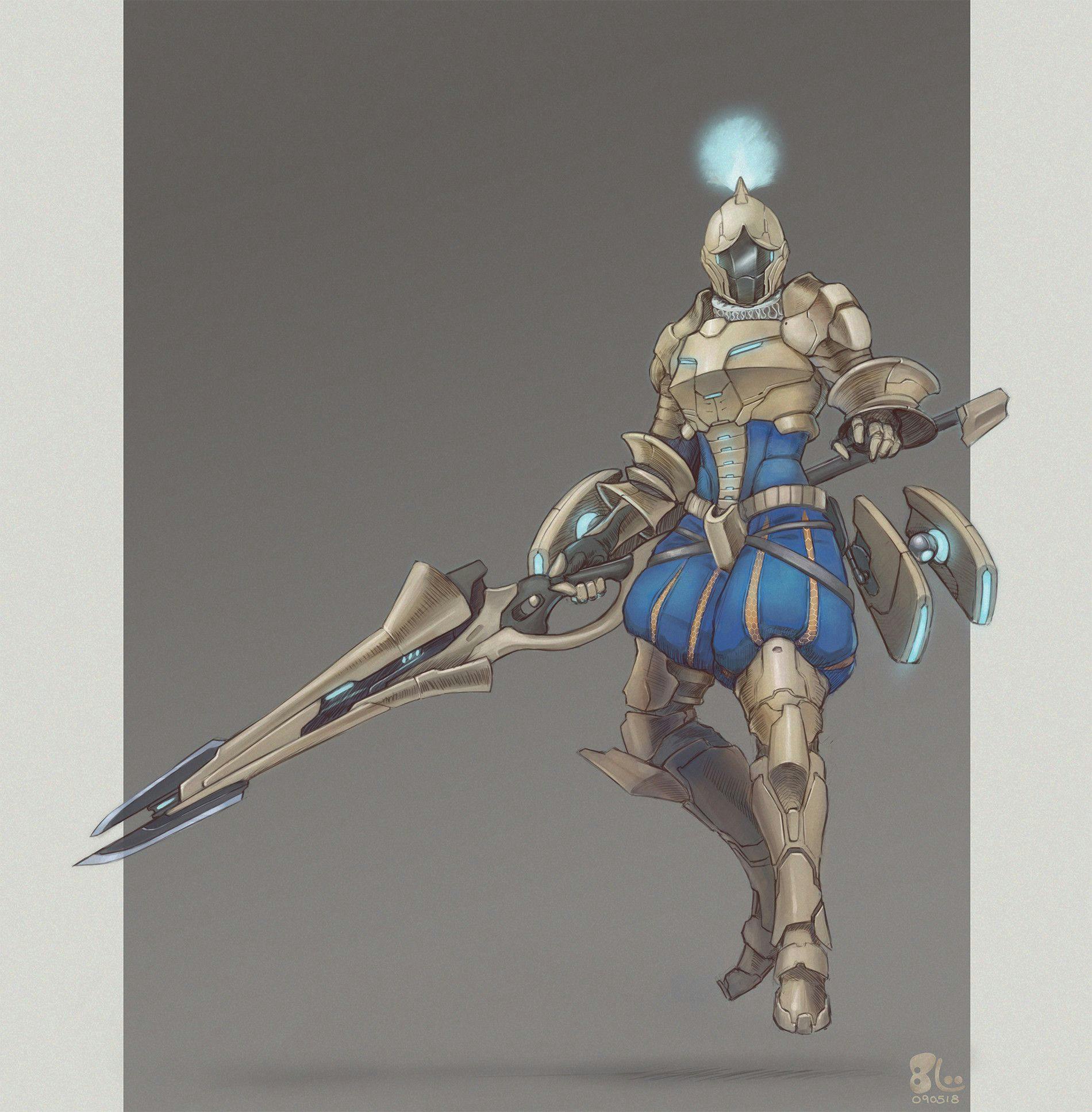
"Even if the player simply glances at the monster I might have created for 3 seconds, they will at least be aware that it’s not a copy-and-paste creature and will be fully aware of the danger they are in.”
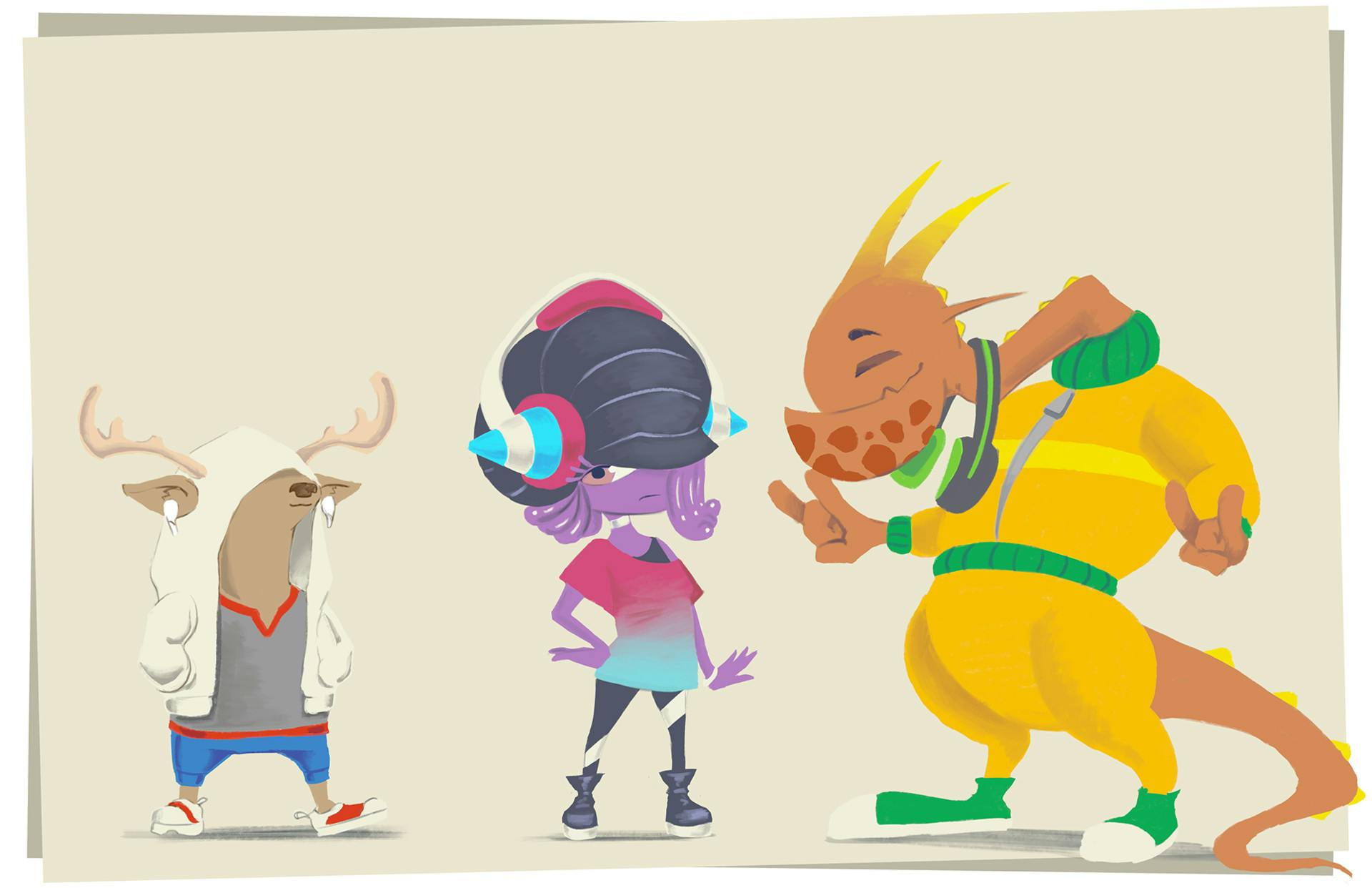
John Cho: It’s similar to gardening in that you have an empty backyard and you immediately begin planning what you will put in it, such as plants or outdoor furniture. I’m suddenly quite excited to see how this blank canvas will fill up and gradually come to life. The biggest challenge is to know when to step back and take a full-view look.
You don’t want to reach the “point of no return” because you can become so engrossed in your work that you slowly begin to stray from lighting or perspective. I’ve made it a practice to quickly check the full view of a newly created layer in Photoshop to see if any revisions are necessary before moving on to the next stage. Time is never on anyone’s side when working in the industry, therefore it’s crucial to avoid making too many mistakes along the way.
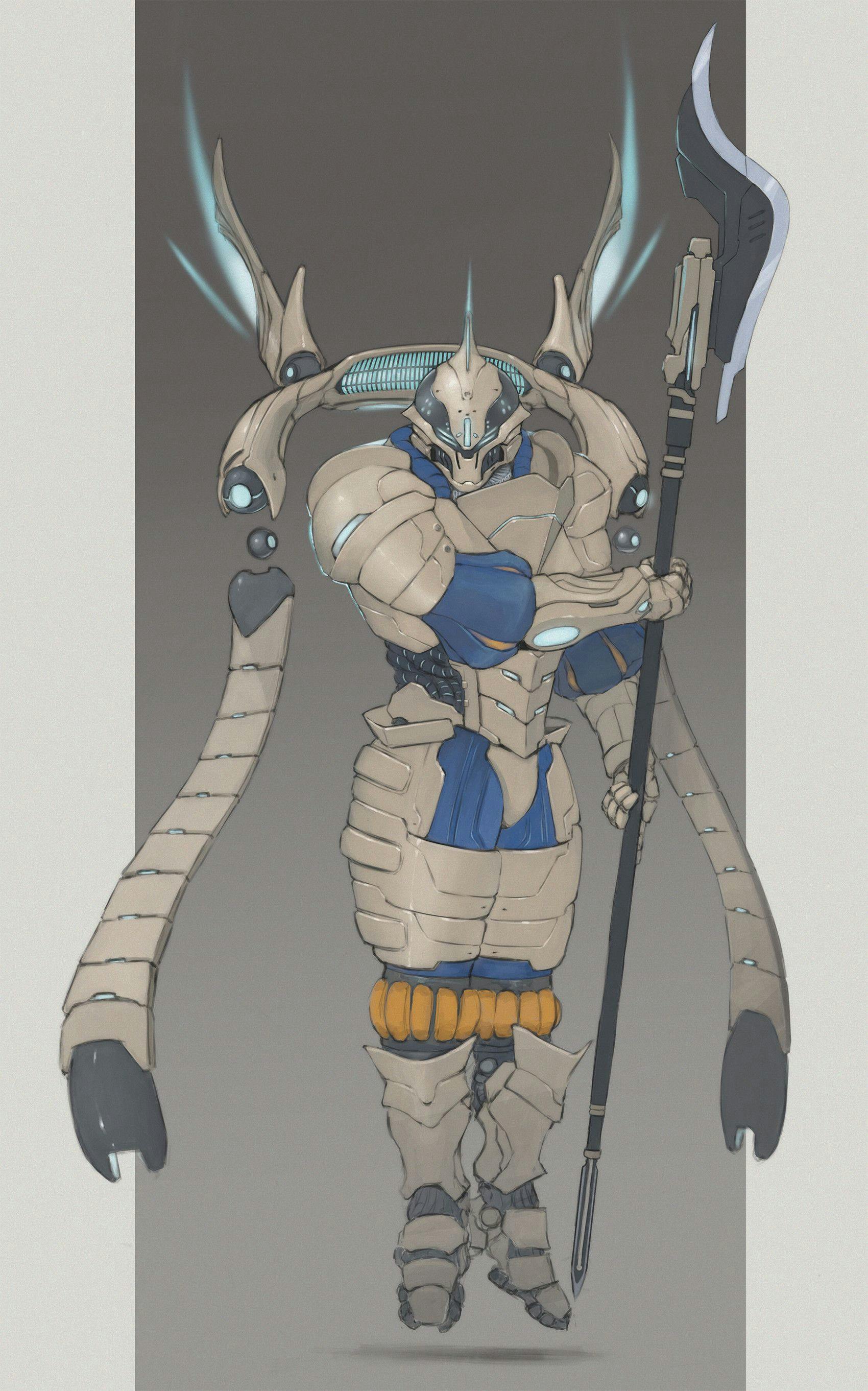
John Cho: SAIC undoubtedly assisted me in coming up with some wild concept ideas, and Gnomon showed me how much originality and creativity I could incorporate into my design without alienating the viewer. There are times when you simply want to wow recruiters or other artists with your unique style and range of skills, but you got to keep in mind it’s not just you looking at your drawing. There’ll be hundreds who’ll take a look at it, and you must persuade them to look at it for more than three seconds.
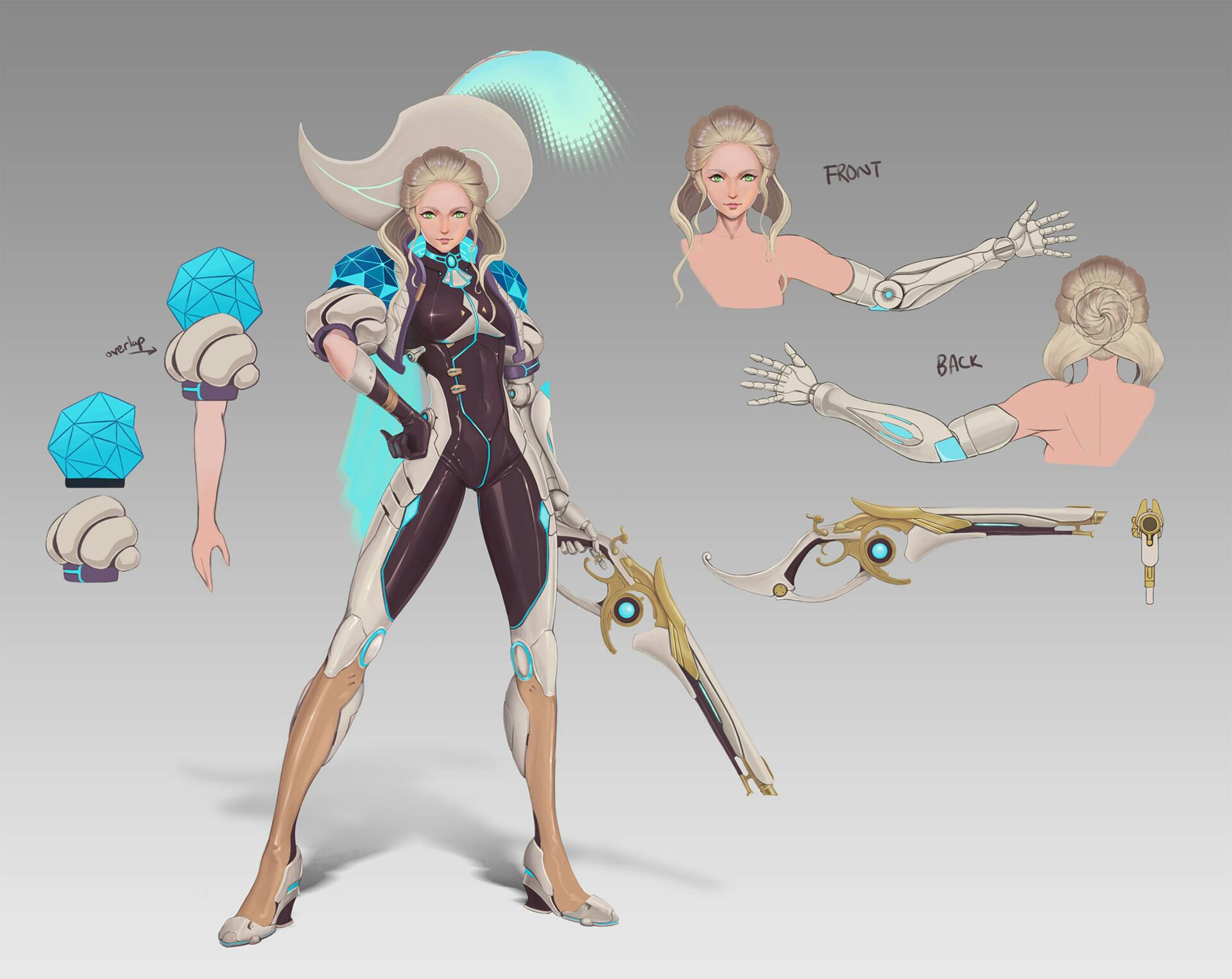
John Cho: A fantasy story that my internet friend from Montréal and I created during covid is called Tale of the Twinmoon. We both played D&D using Tabletop Simulator and Discord. At first, it was intended to be a simple and comical adventure, but as the scale grew, I told him, who serves as my dungeon master, that I wanted to turn this into a webtoon. Had this urge to share the tale because my friend reaaaallly worked hard on it such as establishing lores, the universe, and the storyline. The primary character, Jaq’n, is amnesic and has just the faintest memory of his former self. In simple words and without giving too much away, Jaq’n ends up in an unknown world where he must forge on and face the remnants of the past.
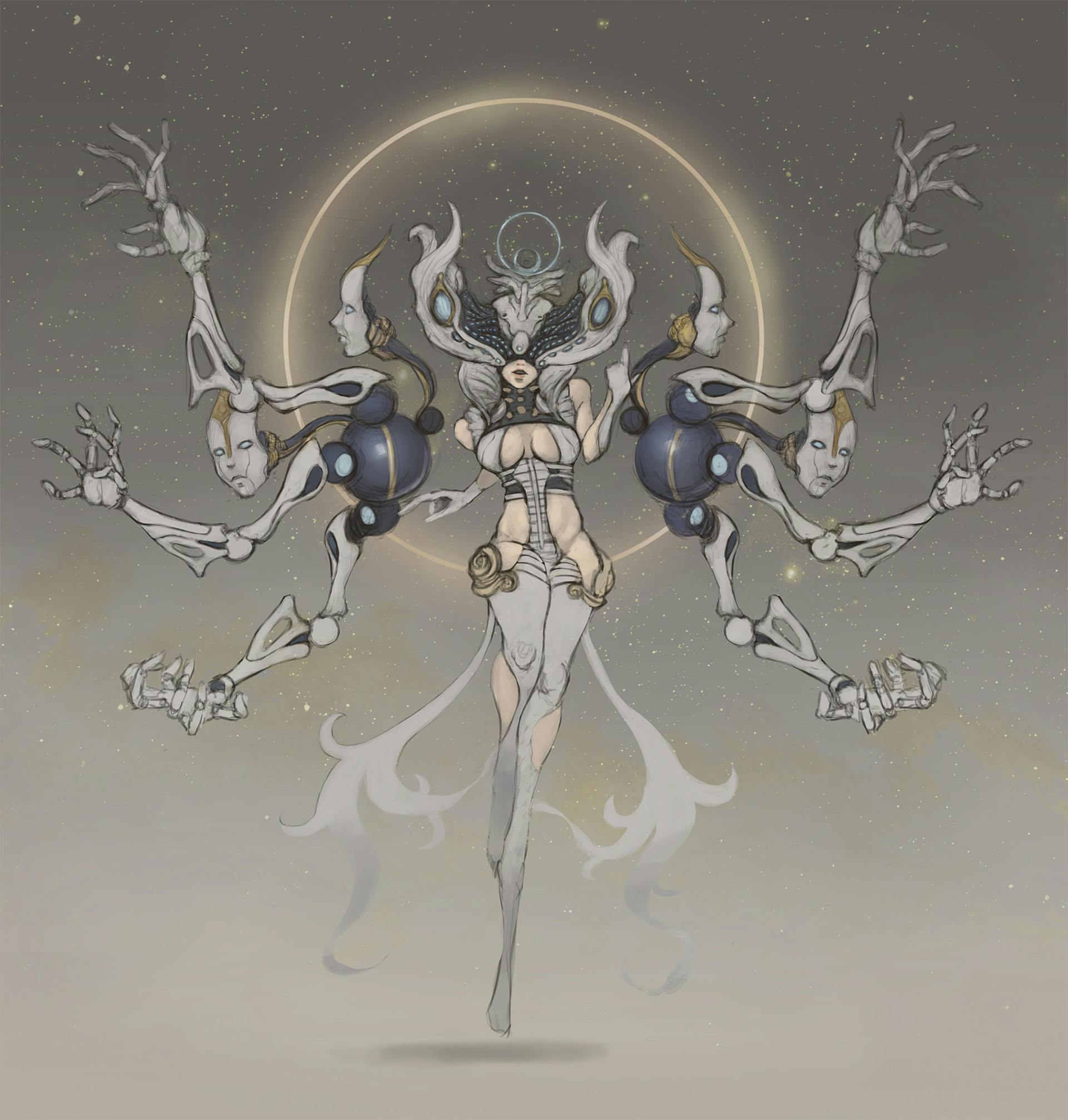
John Cho: No particular reason why, but I enjoyed designing a movie poster with the BLT Communication team. Frankenstein-ing is a term that describes the process of taking rendered 2D models from a large 3D animated feature film and, using Photoshop magic, turning the character’s standing position into a superhero action pose. You’re like an illusionist tricking the viewers into thinking the characters in the poster are 3d rendered when in reality, all I’m doing is tearing the body apart, reattaching it, then painting over it to make it look as real as possible.
John Cho: In terms of traditional and digital media, it’s almost like 70/30. When it comes to revision, digital speeds up the process and saves time, but in the end, classic analog is what makes your art stand out.
No matter how much motion blur or visual effects I use to make my drawing exciting, if the perspective/anatomy is incorrect or the colour rendering is unappealing, the picture will only elicit a lukewarm response. Well-known industry artists like Jerad Marantz or Yoji Shinkawa have a very solid traditional art foundation, which is why they can make awesome concept art.

John Cho: Even though I began by drawing western comics when I lived in the UK, I certainly do have anime style mixed in my style. Sailor Moon and Pokemon were the biggest things ever when I went to South Korea in the late 1990s, and it was enough to persuade me to try out the anime style of sketching.
Designing my original character Ysaline, a renaissance cyberpunk girl, really helped me to capture my style. I learned how I would handle anatomy in my style and how I would render things, such as by leaving some line sketches I created as I was designing her.
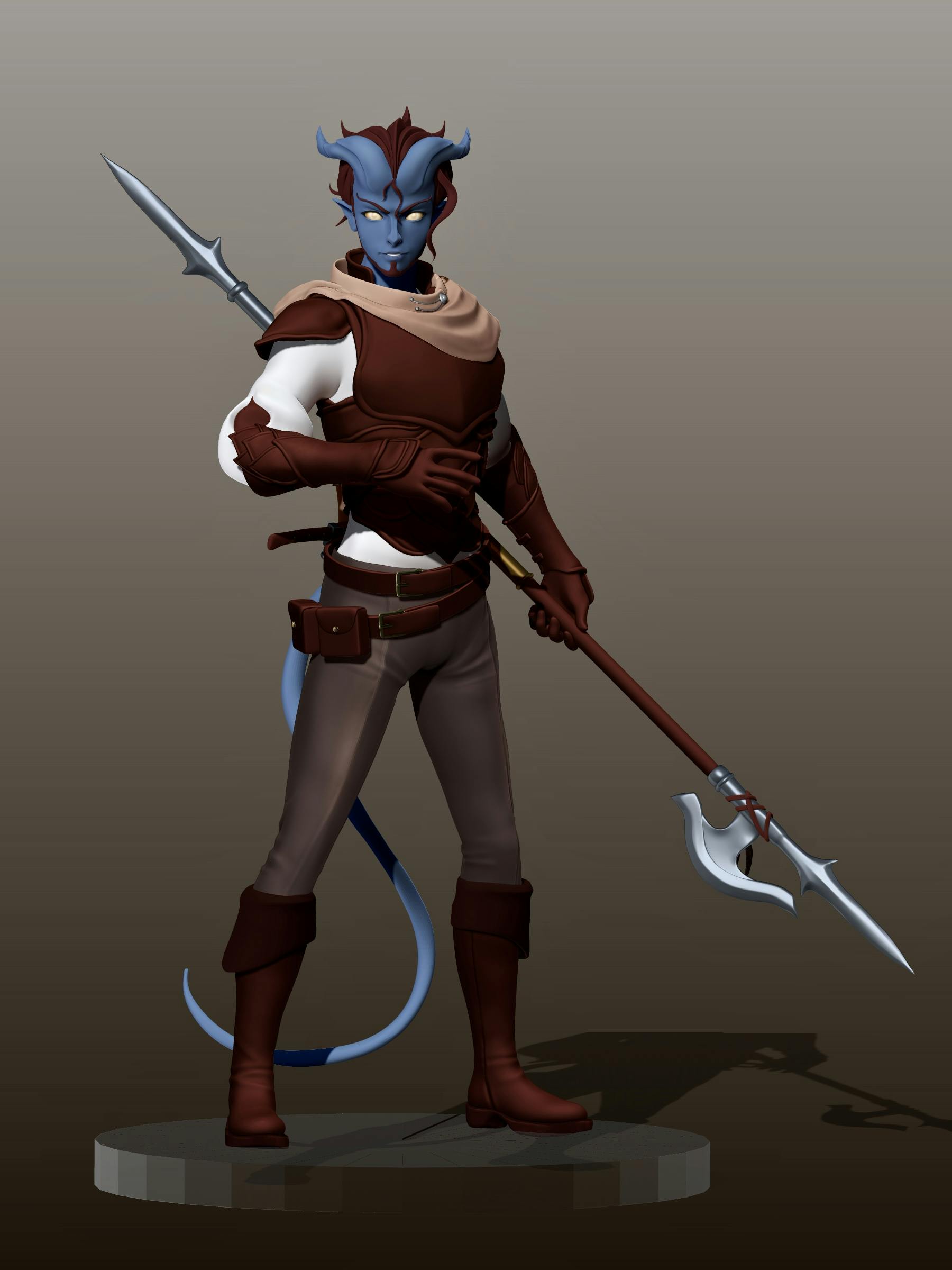
John Cho: As an artist, I have played many different parts throughout my life, which has undoubtedly helped me to keep an open mind and not be scared to venture outside of my comfort zone. Since several studios have their distinctive styles, you may occasionally need to alter how you paint or draw. It’s important to keep an open mind to learn.
You will continue to learn new or improved skills from studios or coworkers. Learning new creative software, such as switching from Photoshop to Zbrush, can also be intimidating, but being able to work in both 2D and 3D can shift the game. Learning new things and expanding your knowledge never hurts.
